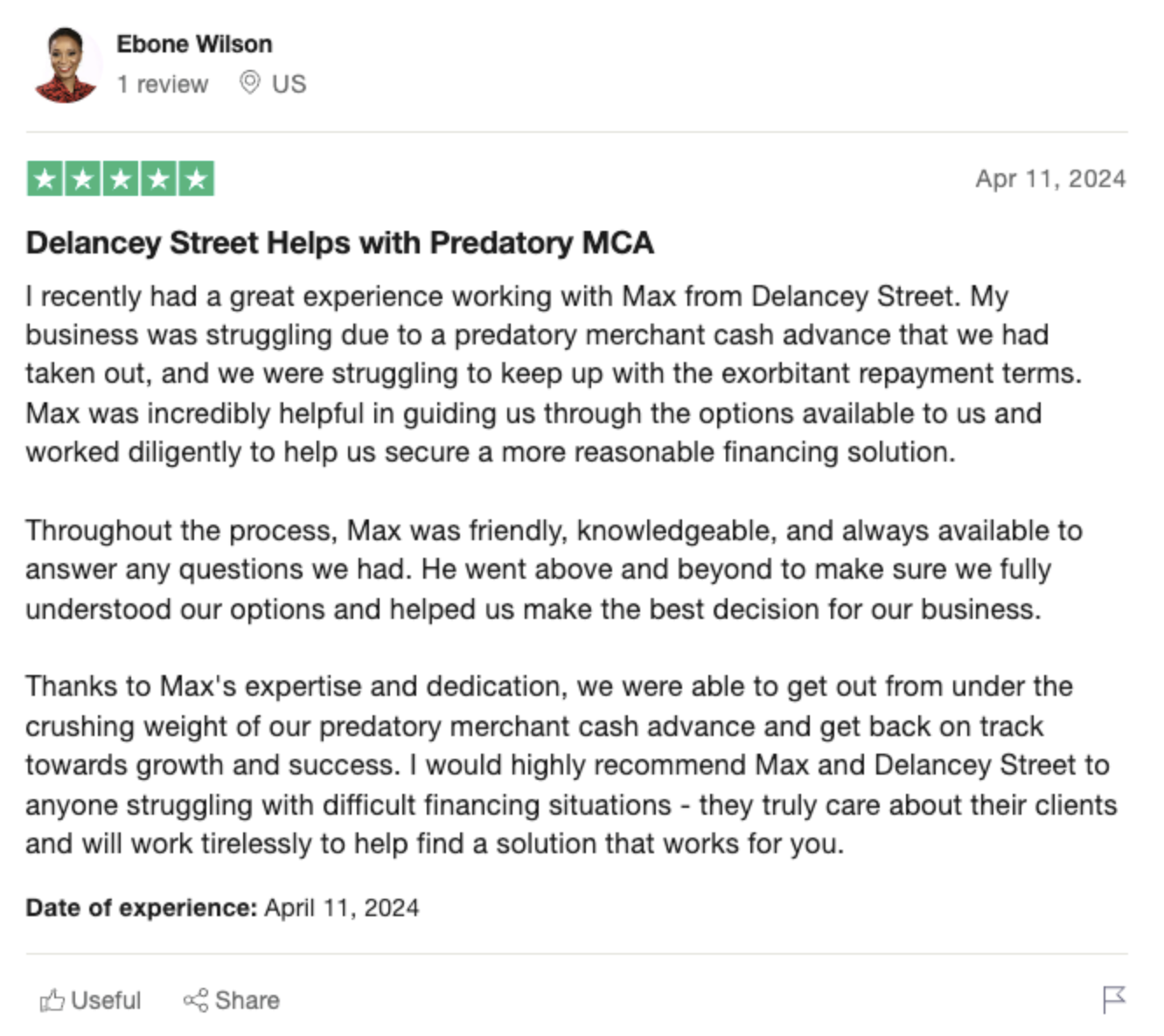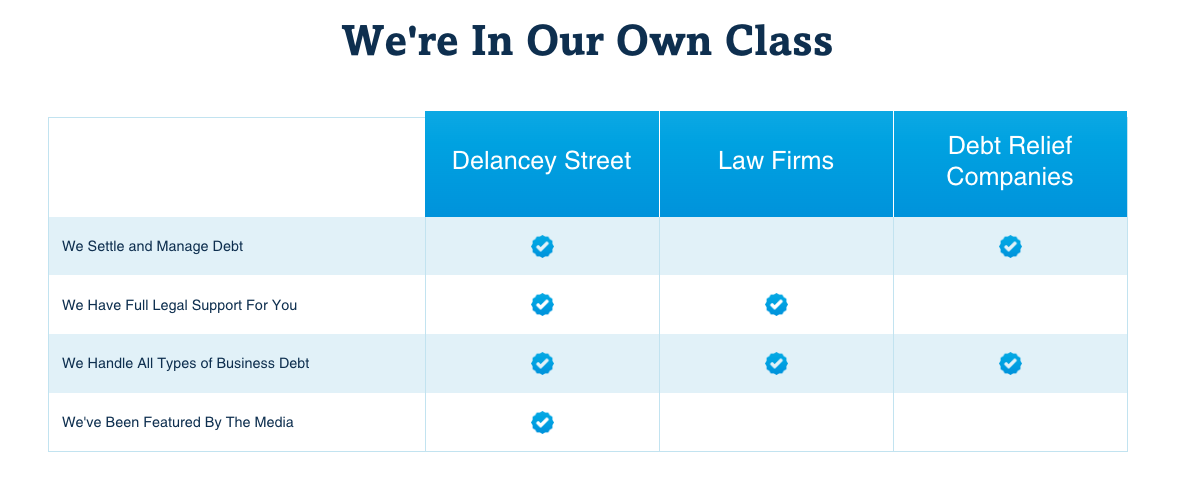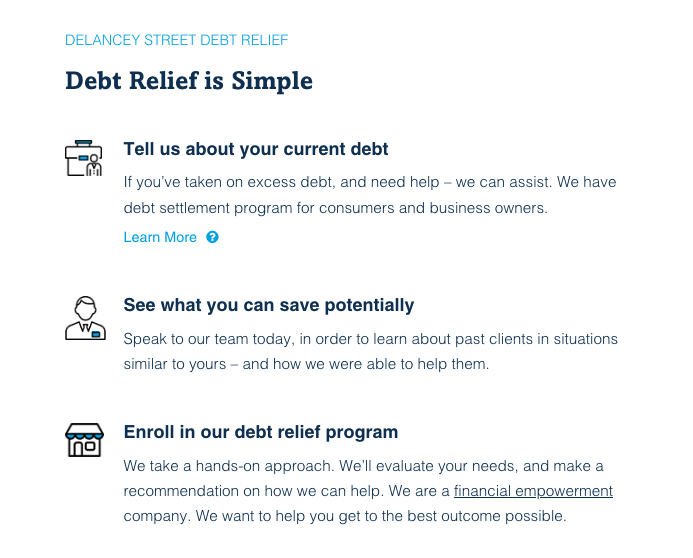Finding the Right Investors for Your Business
Defining Your Fundraising Goals
Before reaching out to investors, take time to clearly define your fundraising goals. Key questions to answer include:
- How much capital do you need to achieve your business goals over the next 3-5 years? Break this down into milestones.
- What type of funding are you seeking – debt, equity, convertible notes, or something else?
- What amount, timeline, and terms do you have in mind for each funding round?
- What percent equity or control are you willing to give up?
- What specific uses will the funding go towards (e.g. product development, hiring, marketing)?
Having a clear fundraising plan will help you identify investors that can meet your needs and communicate effectively with them.
 -
-Types of Investors to Consider
Once you know how much you want to raise and what you will use it for, you can start identifying potential investor types including:
Friends and Family
Tapping into your personal network is often the easiest way to get initial seed funding with few strings attached. While friends and family typically invest smaller amounts, it shows other investors you have some backing.
Angel Investors
After bootstrapping and tapping friends and family, angel investors are often the next place entrepreneurs go for funding. These high net worth individuals provide financing to startups, usually in exchange for equity. They often have industry experience and can also provide advice.
Venture Capital Firms
Venture capital (VC) firms invest in high-growth-potential companies in exchange for equity. They usually invest more in later rounds vs seed stage. VCs have high return requirements given the risk.
 -
-Crowdfunding Platforms
Crowdfunding sites like Kickstarter and Indiegogo let you raise small amounts from a large number of contributors. Instead of equity, you typically give rewards or pre-order products.
There are also industry-specific platforms like SeedInvest for tech startups.
Evaluating Investor Fit
Once you have identified potential investors, the next step is evaluating whether they are a good fit for your business.
Stage of Business
Consider what stage your company is at and what milestones investors would expect you to reach with their funding.
- Friends/family and angel investors usually fund very early stage
- VCs look for companies with some traction and proof of concept
- Crowdfunding works for consumer product validation
Match the investor to where you are now.
 -
-Amount Investing
Figure out the typical and maximum check size an investor does. For example, an angel may invest $25K-100K while a VC fund may do $500K-$5M.
Make sure their range lines up with your fundraising goal. Having multiple investors to meet your needs can be difficult to manage.
Industry Focus
See if the investor has experience funding startups in your particular industry. That specialized experience can be invaluable.
 -
-For example, they can provide relevant connections and advice in your specific vertical.
Personality and Values
Pay attention to whether your leadership team meshes personality and values-wise with an investor. This investor-founder relationship can last over a decade in the case of VC-backed startups.
During meetings, get a feel for communication styles and problem-solving approaches. Make sure there is openness and transparency between you.
Evaluating Investor Track Record
In addition to fit, take time to evaluate an investor’s past performance backing other startups. Relevant questions to ask:
- What is their portfolio company success/failure rate? An investor with many failed companies could indicate issues like lack of follow-on funding support.
- How much do they invest per company on average? Higher investment could mean ability to lead rounds.
- How involved are they with current portfolio companies? Look for the level of involvement you want from an investor from mentorship to Board seats.
- Do they have connections to later-stage investors? This can help if you need multiple rounds to scale.
- Do they have many exits? For VCs, look for those with acquired or public companies. This demonstrates ability to fund to exit.
- What is their reputation? Get feedback from entrepreneurs in their portfolio on trust, communication style, value-add, etc.
Pitching Investors
Once you have identified well-matched investors to target, it’s time to pitch. Use these tips to create an effective pitch deck and nail your presentation:
Create a Strong Executive Summary
Summarize key details upfront on market opportunity, your solution, business model, traction, team, and fundraising status.
Explain Your Competitive Advantage
Analyze the competitive landscape. Show what sets your company apart from others targeting this industry problem and why you can win long-term.
Provide Evidence of Traction and KPIs
Share concrete metrics on progress to date – revenue, user growth, product adoption, etc based on stage. Show evidence your business model is working.
Introduce Your Team
A startup’s team capability is critical for investors. Emphasize unique strengths and experience as well as passion for your solution.
Share Financial Projections
Provide realistic forecasts on customer acquisition costs, revenues, gross margins, profitability timeline etc. Explain key assumptions.
Define Fundraising Needs
Be clear on how much you want to raise now, use of funds, and objectives with this financing to set expectations.
Make the Pitch Conversational
Don’t just present slides without context. Have a dialogue to establish rapport and get real-time investor feedback.
Follow Up Promptly
Send a summary of critical points discussed and express your continued interest in partnering. Share any requested info.
Persistence pays off – it often takes connecting with many investors before securing financing. Track your outreach efforts in a CRM and continuously refine your messaging based on investor feedback.
Structuring the Investment
The final step once you have an interested investor is structuring the deal itself. Key components include:
Amount Raised
Confirm the total funding the investor will provide and under what conditions (milestones achieved, etc).
Equity Granted
Negotiate what percentage of equity the investor receives. Typical ranges are 10-25% for angel rounds and 20-40%+ for VCs.
Valuation
The post-money valuation is the company worth including investor money. Make sure valuation is in line with stage, traction, and market.
Investor Rights
Standard rights include pro rata, information access, and blocking rights on certain decisions. Get legal counsel to review proposed terms.
Board Involvement
Discuss what level of control and Board seats the investor receives, if any. Common arrangements depend on round size.
Don’t hesitate to negotiate favorable terms for your business. With preparation and persistence, you can find the right investors to partner with on your entrepreneurial journey.
Resources
Articles with Additional Tips
- How to Find Investors for Your Startup (Avvo)
- Tips on Finding Investors and Raising Capital (FindLaw)
Videos on Pitching Effectively
- The Perfect Investor Pitch (YouTube)
- The Airbnb Pitch Deck that Raised $500K in 2009 (YouTube)
I hope this comprehensive guide gives you a game plan for identifying investor prospects that align with your startup, evaluating fit and track record, crafting a compelling pitch, and negotiating favorable deal terms. Let me know if you have any other questions!







